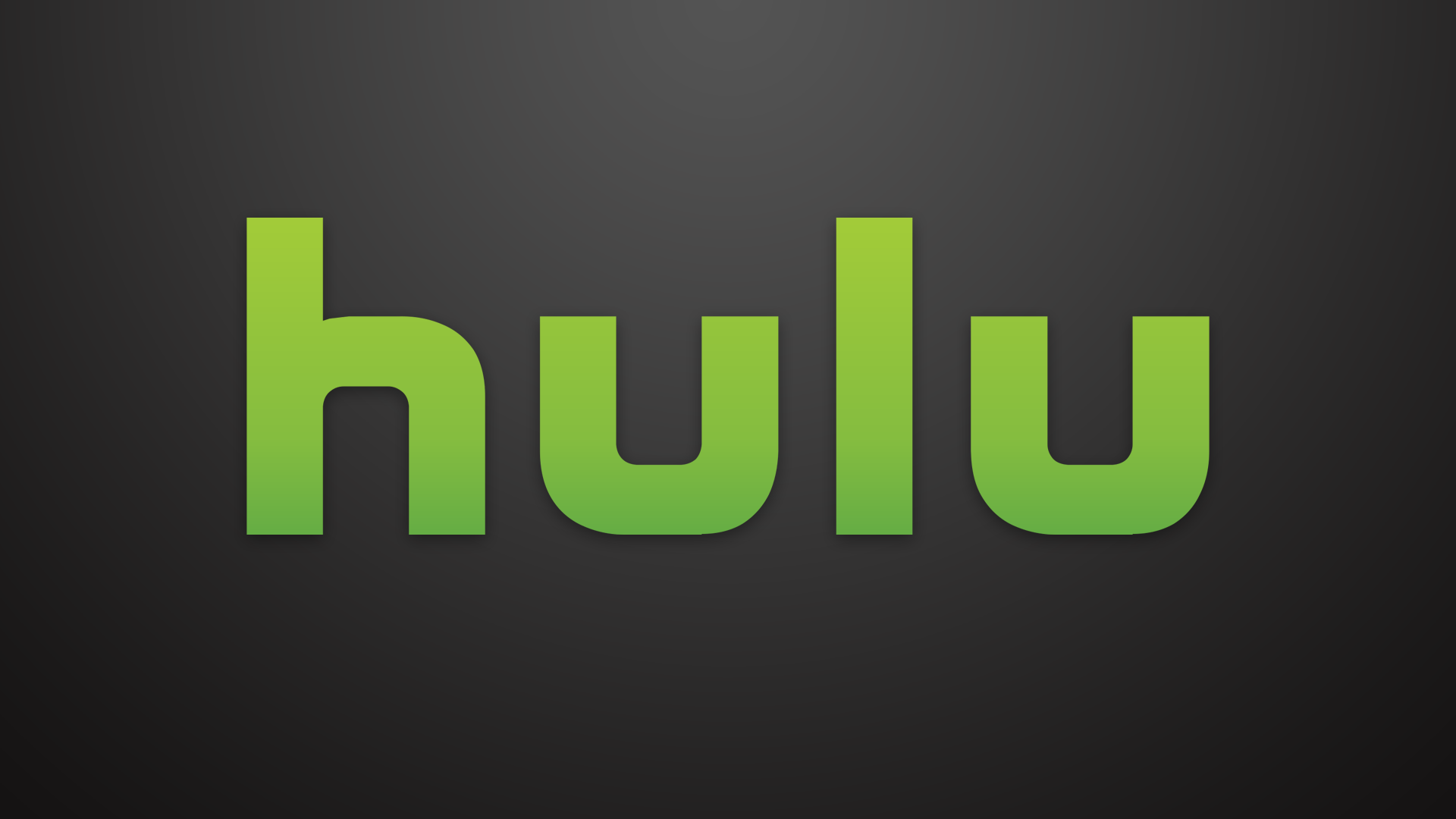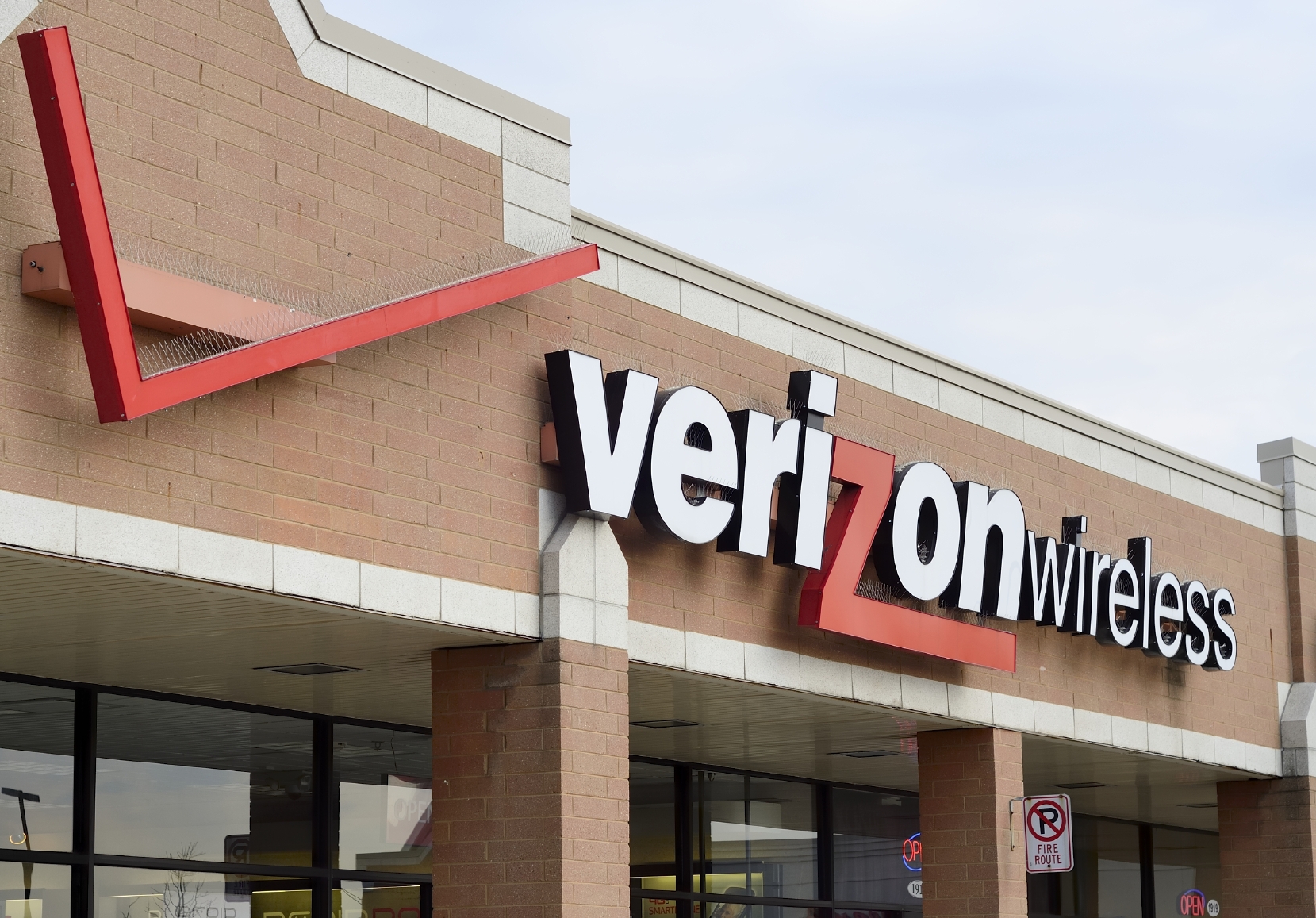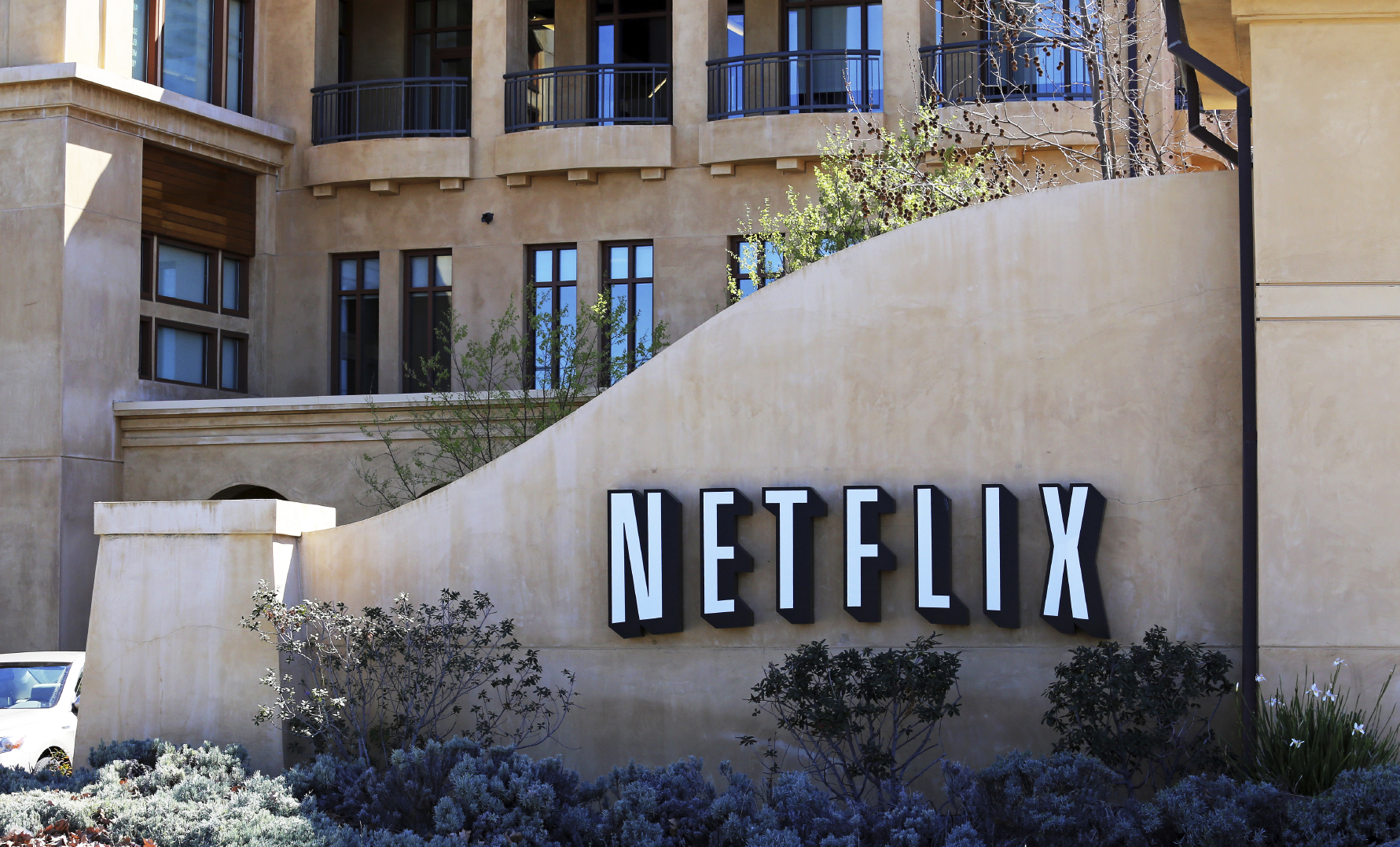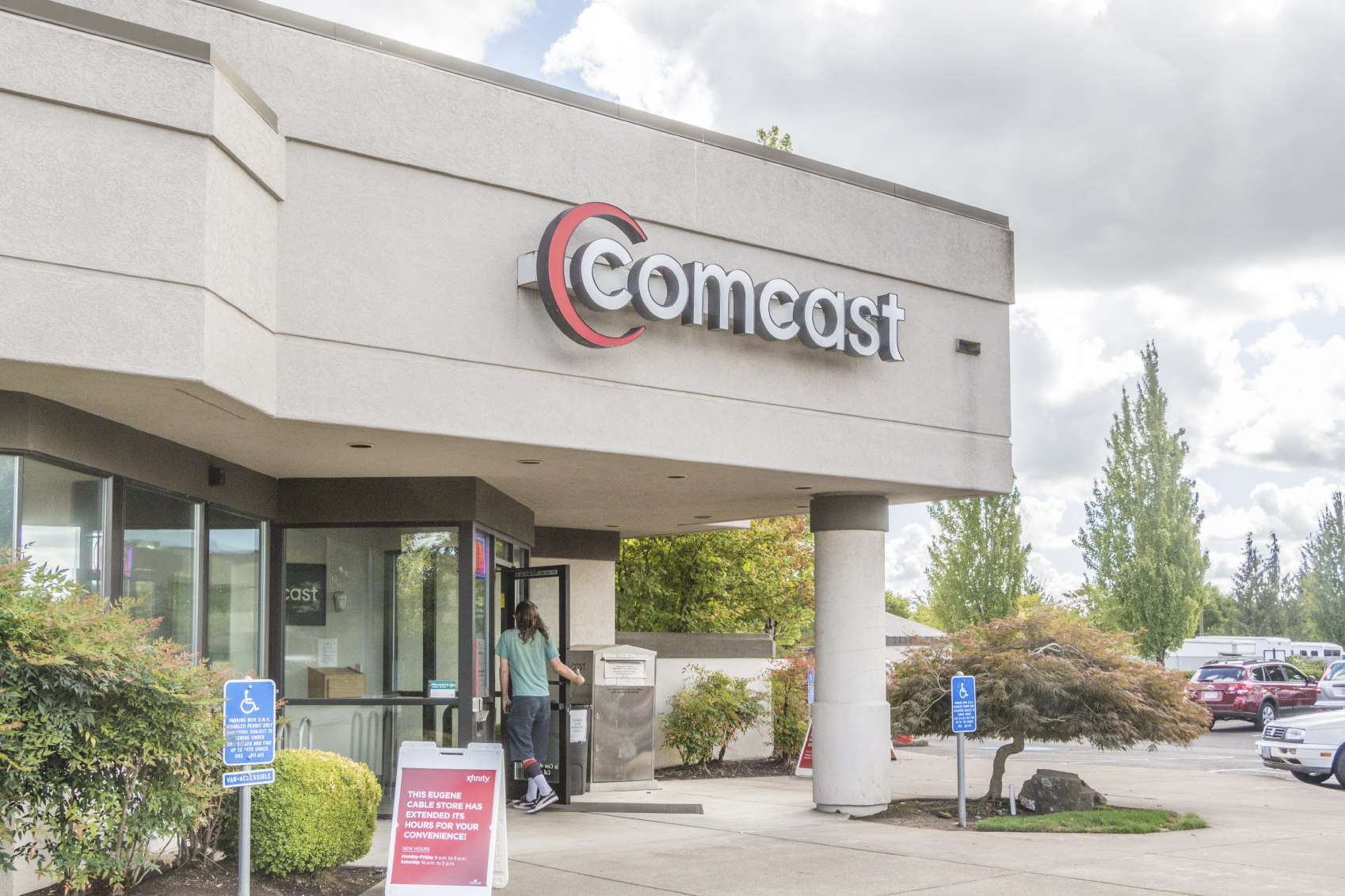Netflix seems to be having a very good year so far. In an earnings call earlier today, the company reported that it has added more subscribers than expected around the world during its most recent quarter, generating more than $1.6 billion in revenue. The better-than-expected performance propelled the stock share of the streaming service giant to increase 10%.
Already bigger than all cable channels, analysts predicted that by next year Netflix U.S. viewing will surpass all big four broadcasting networks. In a letter to its shareholders, Netflix highlighted its slew of original shows launched this year as a major factor for its accelerated growth, citing that “90% of Netflix subscribers have engaged with original content.”
Meanwhile, in other good news, the 2015 Emmy Nominations were announced this morning, and Netflix’s original shows scored 34 nominations in total, up from 31 last year. OTT streaming services have been steadily encroaching on TV networks in attention and awards, a trend that this year’s nominations reflects.
Despite the double good news, however, Netflix does have a potential issue in the fact that it doesn’t actually own any of its originals. Its hit series Orange is the New Black, for example, is produced and owned by Lionsgate Television, while its Emmy-nominated freshman series Unbreakable Kimmy Schmidt comes from Universal Studios. In comparison, rival Amazon’s critical darling Transparent is produced by its in-house Amazon Studios.
Acquiring content from outside studios is a smart and cost-effective move for a new platform seeking content, but if web-based TV continues to grow in prominence, Netflix could very well lost their original shows to growing rival platforms. In order to avoid losing the brand value it has built upon its original content, Netflix will probably need to bring more production in-house in the future.









